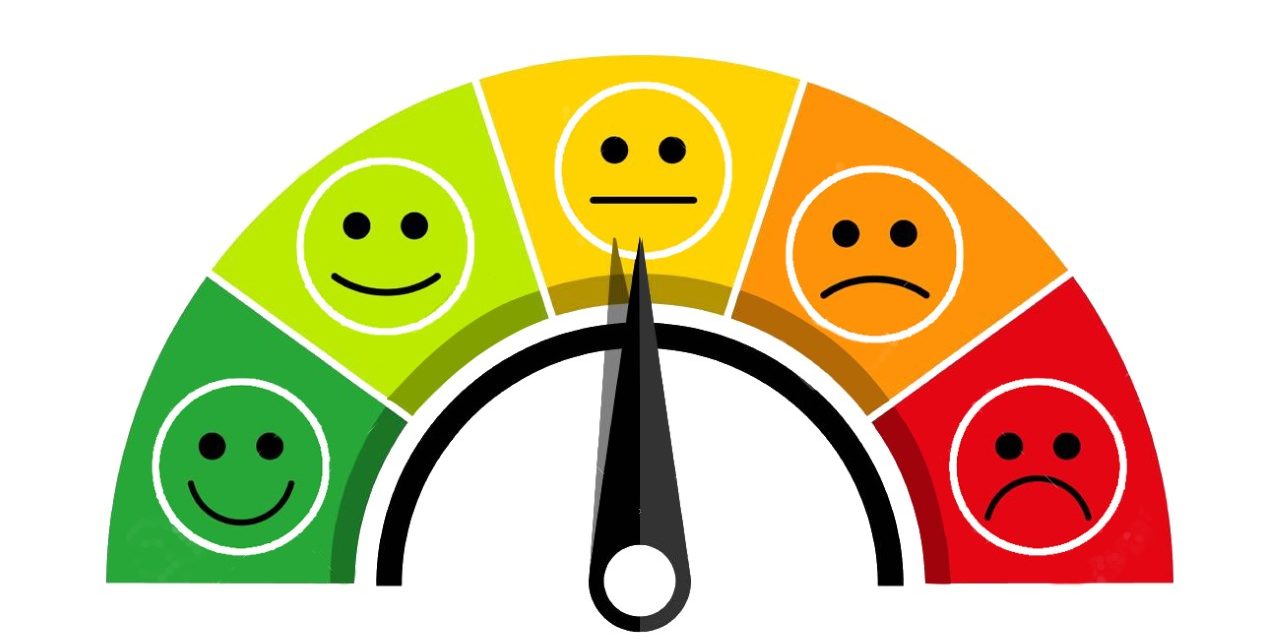Your cart is currently empty!

The Role of Emotions
A Systems-Thinking Perspective
Why do we feel fear when standing on the edge of a cliff, or joy when reconnecting with an old friend? Emotions shape every aspect of our lives, but their true purpose goes far deeper than validation. Emotions are fundamental to how we interpret and navigate the world, yet their purpose is often misunderstood. While many see emotions as something that needs validation, they actually serve a more essential function: assisting our ego in assigning context to our experiences. By understanding how this process works, we can uncover why trauma disrupts emotional balance and discover actionable steps to restore clarity and resilience—bridging the gap between clinical research and practical understanding.
Emotions as Tools for Context Assignment
In systems thinking, emotions can be seen as inputs in a larger adaptive feedback loop designed to evaluate our environment. Their primary purpose is not mere validation but to:
- Assess Environmental Context: Emotions provide critical data about our internal and external states, signaling whether we feel safe, threatened, or neutral.
- Guide Adaptive Behavior: By interpreting emotional signals, the ego—the part of us responsible for contextualizing experiences—can make informed decisions about how to respond.
- Promote Learning and Growth: Emotional safety and cohesion create a foundation for more nuanced and accurate interpretation of life events.
For example, feelings of fear or anxiety might indicate a perceived threat, prompting protective behaviors. Conversely, joy signals safety, allowing for exploration and creativity. The ego uses these signals to derive meaning and form narratives about our experiences.
When Trauma Enters the System
Trauma disrupts this finely tuned system, distorting the ego’s ability to accurately assign context. Instead of assessing situations based on present realities, the ego becomes skewed by past experiences of threat, leading to:
- Hypervigilance: Seeing threats where none exist.
- Emotional Numbness: Suppressing emotional signals entirely.
- Cognitive Distortions: Misinterpreting neutral or positive experiences as negative.
This distortion often arises because trauma alters the baseline perception of safety and cohesion. In systems terms, trauma introduces “noise” into the feedback loop, causing the system to overreact or underreact to stimuli. Over time, this leads to maladaptive personality traits, such as chronic mistrust, avoidance, or excessive reliance on validation from others.
The Importance of Emotional Safety and Cohesion
Contrary to popular belief, emotional validation is not the ultimate goal but a means to an end. Validation, when used effectively, supports:
- Restoring Baseline Stability: By acknowledging and accepting emotions, we can recalibrate the ego to perceive safety where it genuinely exists.
- Rebuilding Social Cohesion: Relationships that promote trust and understanding help align individual narratives with collective ones, providing a shared framework for context assignment.
- Healing Trauma: Therapies like Emotion-Focused Therapy (EFT) emphasize validation as a tool to process and integrate traumatic experiences, restoring the feedback loop to its natural function.
Actionable Steps to Promote Emotional Balance
For those grappling with distorted emotional systems, here are steps to recalibrate and support the ego in assigning accurate context:
- Seek Emotional Validation from Trusted Sources:
- Acknowledge your emotions without judgment.
- Work with a therapist trained in Emotion-Focused Therapy or Cognitive Behavioral Therapy (CBT). (Learn more about EFT)
- Practice Mindfulness and Self-Reflection:
- Techniques like mindfulness meditation help create a safe internal space, reducing hypervigilance and promoting accurate threat assessment. (Mindfulness Resources)
- Promote Supportive Relationships:
- Surround yourself with individuals who provide emotional safety and cohesion. Their validation can help refine your contextual understanding.
- Educate Yourself on Trauma and Emotional Health:
- Resources like those provided by the National Institute of Mental Health (NIMH) can guide your understanding of trauma and its effects. (NIMH Trauma Resources)
TL:DR
Understanding emotions through the lens of systems thinking bridges the gap between clinical research and practical application. Trauma introduces “noise” into the emotional feedback loop, disrupting the ego’s ability to assign context. By promoting emotional safety and cohesion—whether through validation, therapy, or supportive relationships—we can recalibrate the system and develop healthier emotional and cognitive functioning.
This systems-based approach not only empowers individuals to take actionable steps toward healing but also aligns with reputable clinical frameworks. By viewing emotions as tools for context assignment, we can move beyond superficial validation and toward meaningful growth and resilience.
Read More:
There are well-documented resources that support and breakdown the information above if interested:
1. Emotions as Tools for Context Assignment
- Emotion Functions:
- Barrett, L. F. (2006). Emotions as functional states in the brain. Trends in Cognitive Sciences.
- This article explores the role of emotions as adaptive tools that guide decision-making and context interpretation.
- Gross, J. J. (2002). Emotion regulation: Affective, cognitive, and social consequences.Psychophysiology.
- Explains how emotions help individuals navigate and respond to their environment.
- Systems Thinking in Emotions:
- Scherer, K. R. (2005). What are emotions? And how can they be measured? Social Science Information.
- Examines emotions as part of a feedback system for assessing environmental stimuli.
2. Trauma Disrupting Emotional Processing
- Effects of Trauma on Perception:
- Van der Kolk, B. (2014). The Body Keeps the Score: Brain, Mind, and Body in the Healing of Trauma.
- Details how trauma alters the brain’s ability to perceive safety and process emotions.
- Herman, J. L. (1992). Trauma and Recovery.
- Focuses on trauma’s impact on emotional and cognitive systems.
- Hypervigilance and Emotional Dysregulation:
- Ford, J. D., & Courtois, C. A. (2009). Complex PTSD, affect dysregulation, and borderline personality disorder.
- Discusses how trauma induces hypervigilance and emotional numbness, leading to cognitive distortions.
3. Importance of Emotional Safety and Cohesion
- Validation and Emotional Regulation:
- Linehan, M. M. (1993). Cognitive-Behavioral Treatment of Borderline Personality Disorder.
- Explores how validation helps individuals regulate emotions and establish emotional safety.
- Ryan, R. M., & Deci, E. L. (2000). Self-determination theory and the facilitation of intrinsic motivation, social development, and well-being.
- Discusses the importance of social cohesion and validation for psychological well-being.
- Role of Therapy in Restoring Safety:
- Greenberg, L. S. (2017). Emotion-Focused Therapy: Coaching Clients to Work Through Their Feelings.
- Describes how emotional safety is central to therapeutic practices like EFT.
4. Actionable Steps
- Mindfulness and Emotional Regulation:
- Kabat-Zinn, J. (1990). Full Catastrophe Living: Using the Wisdom of Your Body and Mind to Face Stress, Pain, and Illness.
- Demonstrates how mindfulness meditation creates emotional stability and reduces hypervigilance.
- Segal, Z. V., Williams, J. M. G., & Teasdale, J. D. (2002). Mindfulness-Based Cognitive Therapy for Depression.
- Links mindfulness practices with improved emotional regulation and context processing.
- Supportive Relationships:
- Gottman, J. M. (1999). The Seven Principles for Making Marriage Work.
- Highlights the role of trust and emotional safety in fostering healthy interpersonal dynamics.
- Bowlby, J. (1988). A Secure Base: Parent-Child Attachment and Healthy Human Development.
- Examines the importance of secure relationships for emotional development.

Leave a Reply